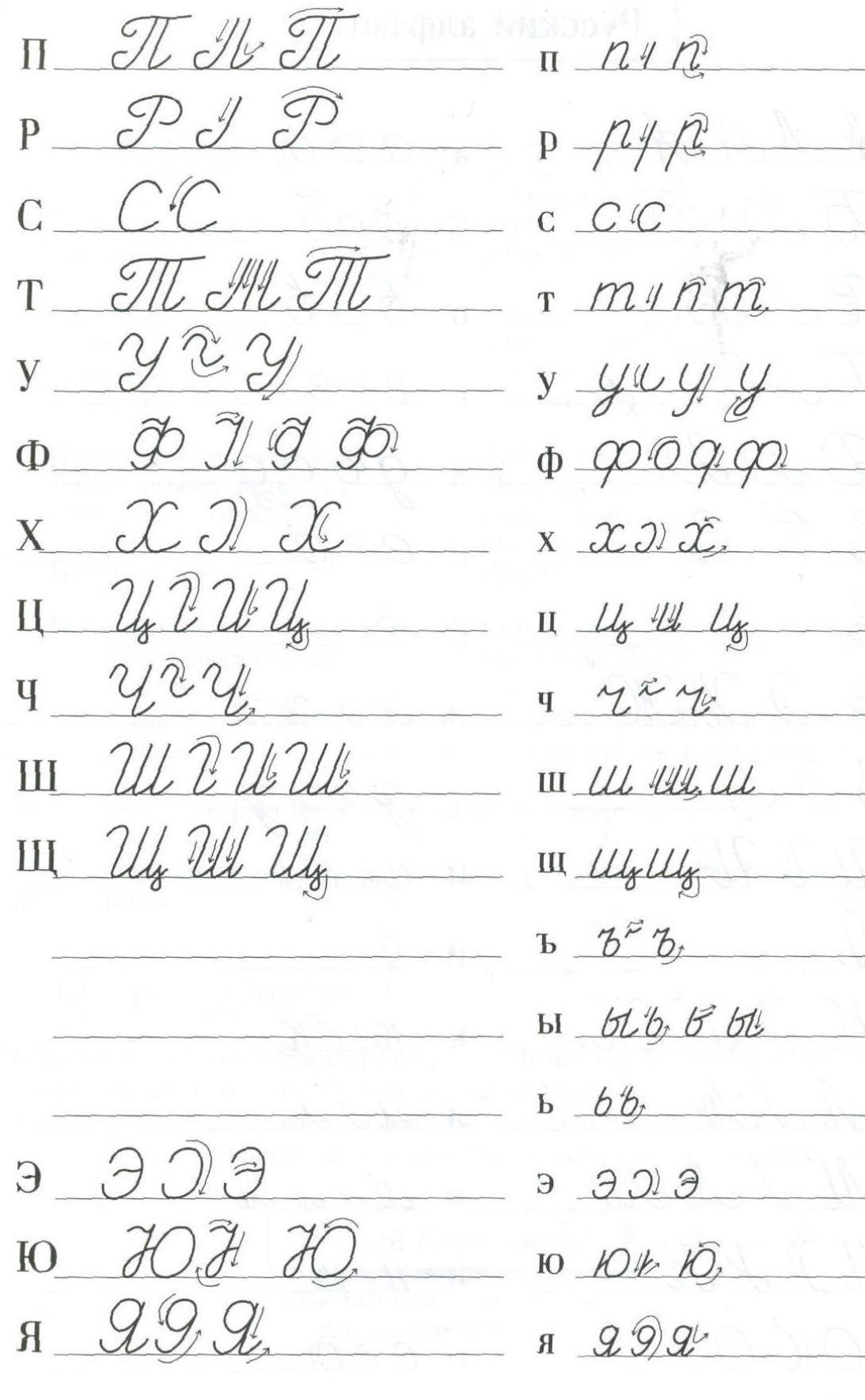Most Russians do not use block letters when writing by hand. You must, therefore, make it a priority to learn to read and write in Russian script. This is not merely an academic exercise but a practical necessity, as you are bound to encounter situations where websites, publications, or handwritten notes employ this style. Russian cursive differs significantly from printed text, and one must be prepared to recognize it.
It is worth noting that some letters in Russian cursive might be deceivingly similar to English ones, which can lead to confusion for the untrained eye. Take, for instance, the Russian letter "Т," which, in cursive form, strongly resembles an English "M." Without a good grasp of the script, this can lead to misinterpretations or incorrect readings.
Moreover, for those who wish to enhance their writing efficiency in Russian, mastering cursive is highly advisable. Writing in cursive allows for greater fluidity and speed, which can be particularly beneficial in both academic and professional settings.
That being said, I am acutely aware that for many learners today, handwriting may not be as relevant due to the prevalence of digital devices such as tablets, computers, and smartphones. Even so, being able to read Russian cursive remains an essential skill, one that cannot be neglected if you aim to achieve true proficiency in the language.
Russian Handwriting Worksheets: Learn Russian Cursive -->>
Maybe in one day, you will able to read this medical handwriting: ;-)
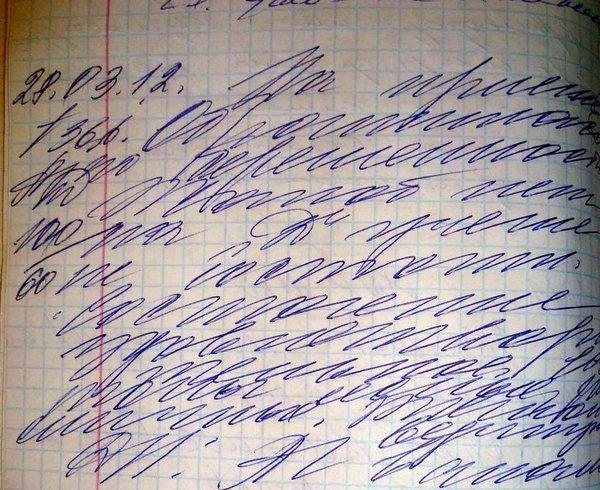
Russian cursive may make someone cry sometimes
Why Should I Learn To Write In Cursive?
Let me share with you several convincing reasons why learning to write in handwritten cursive—especially in Russian—is a skill well worth acquiring:
-
Writing strengthens memory.
The act of writing is an incredibly effective tool for committing information to memory. While I cannot promise that simply writing something down will guarantee you remember it, the process itself is immensely helpful. Later, you may still need to use other techniques, such as flashcards (I personally recommend Quizlet), to fully solidify your vocabulary. However, writing Russian words alongside their translations is an excellent way to engage your brain and facilitate memorization. -
Avoid the “all-caps” effect.
Have you ever thought about what writing in all capital letters communicates? In English, when everything is written in caps, it often seems as though you’re shouting—or as though your writing skills are equivalent to those of a four- or five-year-old, just starting to learn block letters. The same applies to Russian. Learning Russian is already a complex and time-consuming process; I understand that, in the early stages, your sentences may feel simplistic and childlike. However, that is precisely why writing in cursive becomes even more important. Don’t allow your handwriting to appear juvenile when, with time, it can exude elegance and maturity. -
Russian cursive is stunning.
The effortless artistry of Russian cursive demonstrates the beauty of the written language. Mastering it allows you to participate in a time-honored tradition of craftsmanship in handwriting. It is not simply a tool of communication—it is an expression of culture and creativity. -
Cursive develops the brain.
A growing body of research underscores the profound cognitive benefits of learning cursive. Handwriting engages the brain in unique ways, teaching what scientists call “functional specialization,” a process that allows different parts of the brain to integrate sensation, movement, and thought with remarkable efficiency. Writing by hand—especially in cursive—activates multiple regions of the brain simultaneously, refining fine motor coordination and supporting mental agility. -
Handwriting fosters neural activity.
Consider a fascinating study conducted at Indiana University. Researchers observed a group of preliterate five-year-old children as they engaged in tasks related to reading and writing. The study revealed that those who practiced writing letters, even in print, displayed significantly more neural activity on brain scans compared to those who only observed the letters passively. Simply put, writing—even in its most basic form—is better for your brain than typing. However, cursive adds an additional layer of complexity: it requires greater motor control and a broader range of movements, all of which strengthen neural connections and boost learning. -
Cursive enhances creativity and individuality.
According to a 2012 study from the University of Washington, children between grades 2 and 6 who wrote by hand (whether in print or cursive) produced more ideas, wrote faster, and composed more words than when using a keyboard. Writing in cursive, however, takes this further by encouraging personal expression and style. It allows learners to develop an authentic connection to their own handwriting, which can cultivate creativity in ways that typing simply cannot achieve. -
It’s a cost-effective mental workout.
Many experts liken the cognitive benefits of handwriting to learning a musical instrument. Like piano or violin, cursive strengthens memory, coordination, and concentration. But unlike music lessons, which often require substantial financial investment, all you need to practice cursive is a pencil and a piece of paper. It is one of the simplest and most accessible ways to train your brain without spending a fortune.
My Wish for You
It is my hope that, with time, patience, and consistent practice, your Russian cursive will one day rival that of a diligent first-grader from 1956—neat, elegant, and full of promise. Mastering cursive is not just about writing letters; it is about connecting with the language on a deeper level, nurturing your cognitive development, and adopting a skill that is as functional as it is beautiful. So, pick up your pencil and start today; you may find it to be one of the most rewarding steps in your journey as a language learner. :)
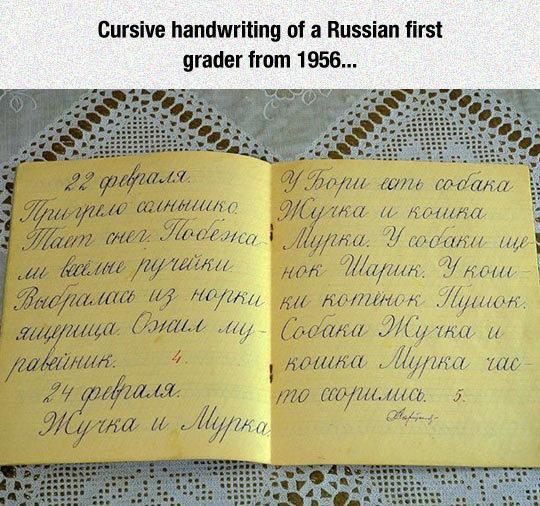
Educational material
Handwriting Drills. Тренажёр по чистописанию ->>
A great practice book. One of its biggest advantages is that it provides full lines of characters, swirls, and letters to trace, rather than just 3-4 examples per line followed by empty space where the child is left to scratch out whatever they can. You simply can't learn proper penmanship with just a few examples.
This book, however, maintains consistent practice across the entire line all the way to the end.
Later on, it progresses to writing words and even complete sentences.
My 6.5-year-old absolutely adored it. If that's not a win, I don't know what is.
Highly recommended.
Скрин. Litres.ru
This is great because it's a well-designed textbook that shows the direction of the strokes of each letter (uppercase and lowercase) with sidelines to improve the height and slope of the letters. It starts with the simple letters (which are very similar to the English letters) as "A", "M", "P", and from here you can practice connecting the letters together and working on smooth writing (i.e. H. Mama, Papa).
There are so many tracing books available for English letters and all the tracing books for Russian I had were shipped from Russia, so this workbook was a savior. Lots of tracing activities to learn the letters, there is a certain order from simpler to more complex lines and additional tracing exercising of pictures that are interesting for the kids. Lovely design. The kids practice tracing the letters and then can practice just writing them. Depending on the age, erasing and making the child redo the letter again at a later time was very helpful. It’s not a thick workbook.
The Primer shows the directions of each letters' stroke, upper and lower cases, with page lines to help with the height and the incline of the letters to the right. It starts with the basic elements of the letters needed to be traced over, then the letters themselves, and from this you can practice connecting the letters together and work on smooth writing in accordance with the examples.
The manual is intended for bilingual students who speak Russian in the family but did not study in a Russian-language school or studied in such a school for only a short time. It can also be used for students studying Russian as a foreign language at an advanced level (above B1).
The workbook for learning the letters of the Russian alphabet and traditional Russian cursive writing and penmanship, developing fine motor skills.
Read Russian cursive
You can see that the big letters are very easy recognizable because they are like the same as normal typed letters. But the small ones look a little bit different. Let's mark those letters that you need to remember and there are only 7 small letters, not capitals letters but smaller ones that really are very confusing. So take a look at them.
It's б - try to remember how it looks, than в - looks like in English cursive letter b.
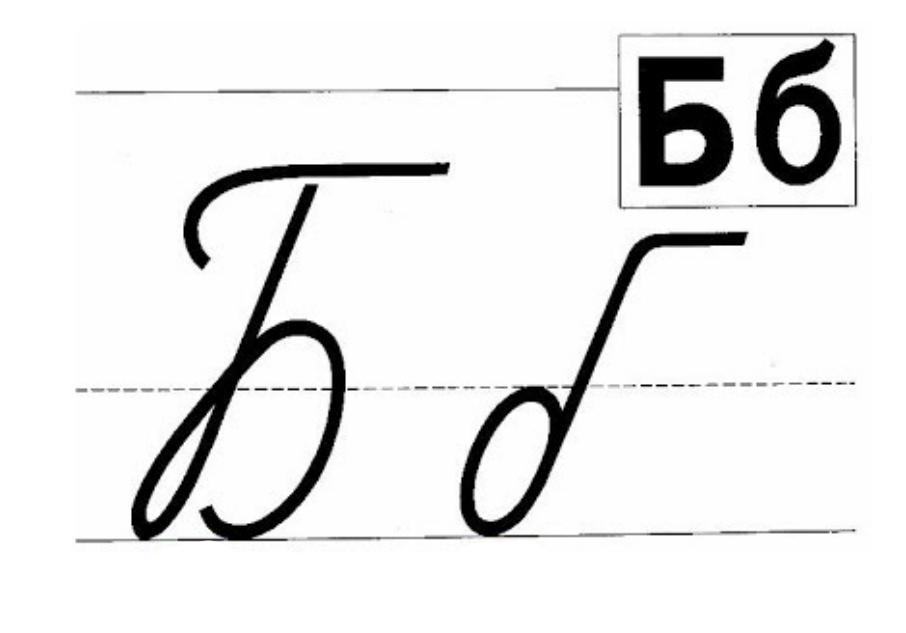
The most unusually is г (g) - looks like English s but to the opposite side.
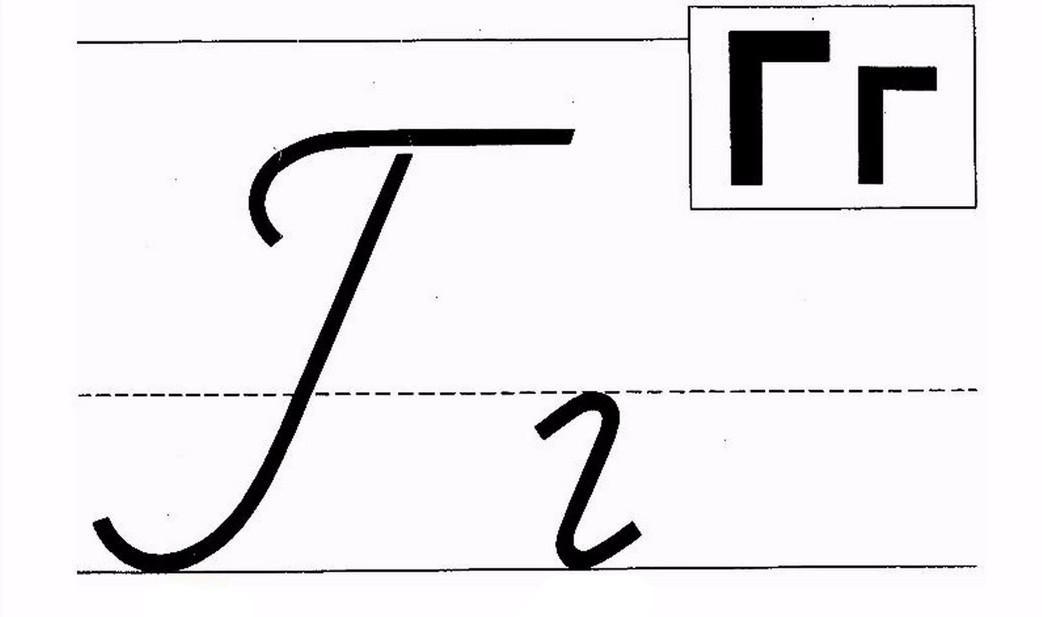
д - it looks really strange, it's very similar to б so when you are reading the text be attentive and try to remember it. б looks at the same side as the big letter while д just looks to the opposite sides, not to the same as big letter Б in Russian.
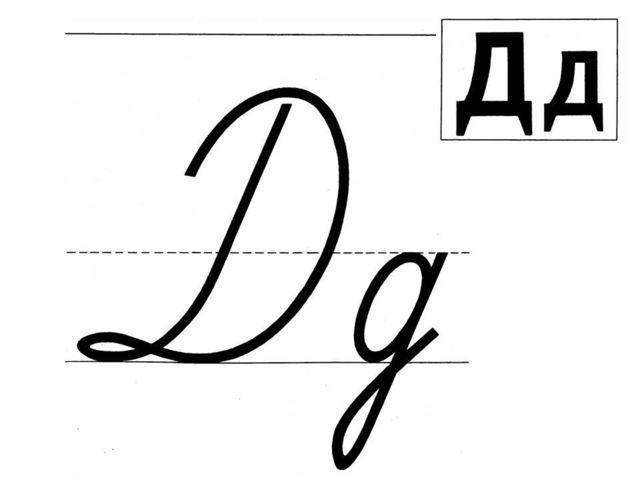
и and й - they are almost the same the difference is with a small sign only. You need to remember that this letter is и in Russian or й - и краткое - и short. Because sometimes people confuse it with English u because it's very similar.
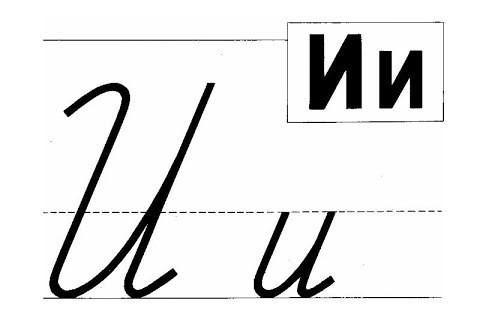
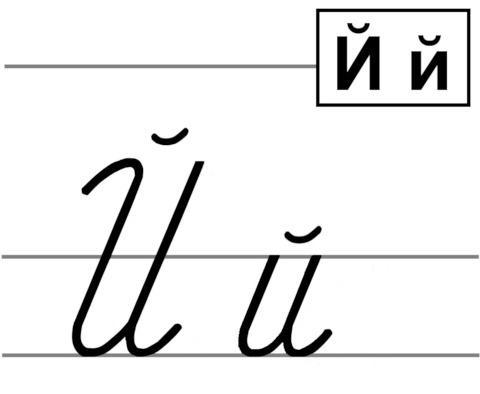
т - this one is the most confused because it looks like English m (em).
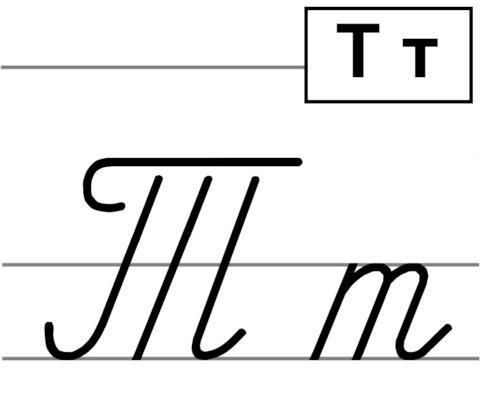
The Cyrillic cursive letter 'т' looks like an italic English 'm'. The origin of such writing is the полуустав handwriting style used for writing books in Russia. ‘T’ was like this:
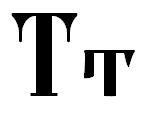
As you can see, it has long serifs coming down from the horizontal bar. And Russians mostly reached the line on which the letters stand, making ‘т’ look like ‘ш’ turned upside down.
You need to remember these seven Russian cursive letters. Write them down and practice recognizing them in the text.
Russian capital and small written letters
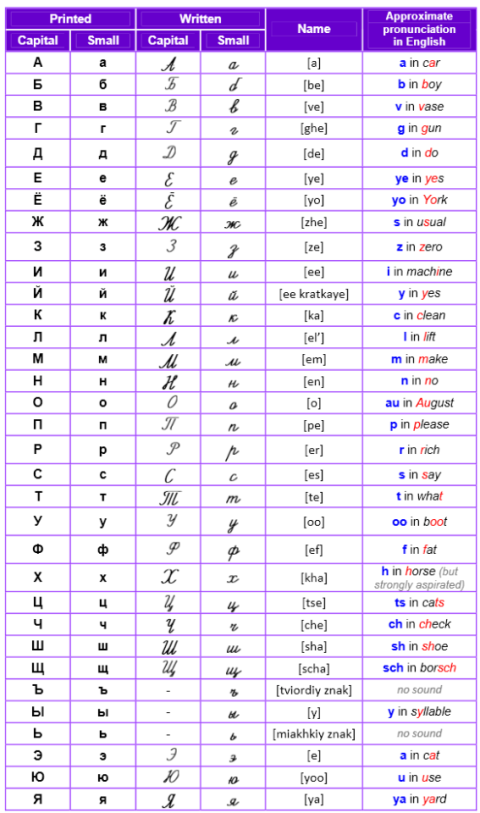
I recommend you to work with reading Russian cursive.
- Put two full alphabet line, from А to Я, then from а to я, one under another or take any text in Russian which you understand, where you know the words. It can be easy sentences or even simple separate words.
- Put it to MS Words or to any other text editor (or on-line Russian cursive generator) and just switch it to cursive because all text editors have this option. Actual modern cursive shorthand will not be differing much from that "italic" version.
- Read aloud this text a few times, at least 3 times.
- Do it during 2-3 days.
And you will feel that by the third day you already read in Russian in cursive really easily. So this is my task to you find the text or words of sentences to make them cursive and to practice reading them. I am sure there will be no problems at all. It's very easy.
Yes, the Propis' which is "official" cursive script they teach in schools, would look a bit different, but in real life adults who write a lot and have to be quick, often produce handwriting closer to that "italic" which you will see. The Propis', for example, usually recommends that you connect one letter to the previous one. In the real script, that is hardly done for more than a few letters. Or not done at all. Just like in "Italic" version of the font.
So ensure you can read the text in "Italic" script. Then it will be much easier for you to understand real Russian handwriting.
Write in Russian cursive
Write in Russian cursive for those people who like to write, who like to include mechanical memory in their learning process. And actually, the letters in handwriting looks a little bit different than in type and cursive. You can see it clearly that all the letters: the capital ones and the small ones - they really look like absolutely different. So you can learn how to write this way and why actually I recommend doing it. Because it really saves your time. It will take some time for learning it how to do it. But in general it will help you in future and you will not spend so much time to write, of course!
And believe me, it's a good skill and not extremely hard to learn how to do it. So actually let's pay attention to pictures and let's see some elements that are mainly used to form Russian cursive alphabet in handwriting.
By the way, I want to pay attention that we all are different people and will have different handwriting write. People wright absolutely different and you can meet like dozens or hundreds of different handwriting in Russian.
Video Russian Handwriting
How to Write Russian Handwritten Letters Correctly
Proper writing of handwritten Russian letters with Cyrillic handwriting font.
Russian cursive handwritten alphabet
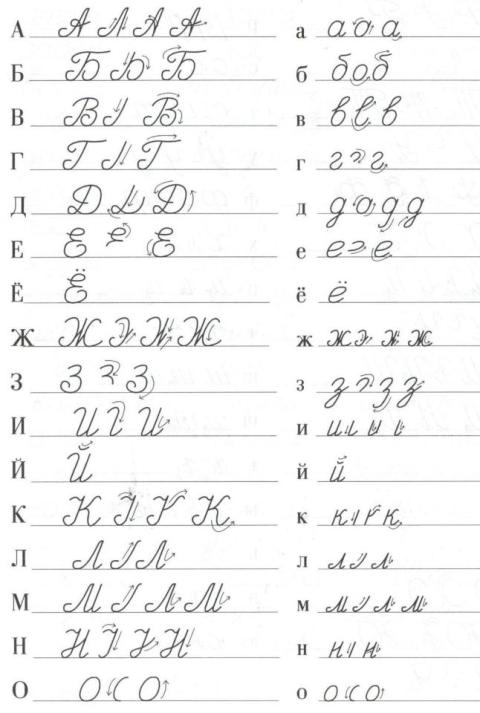
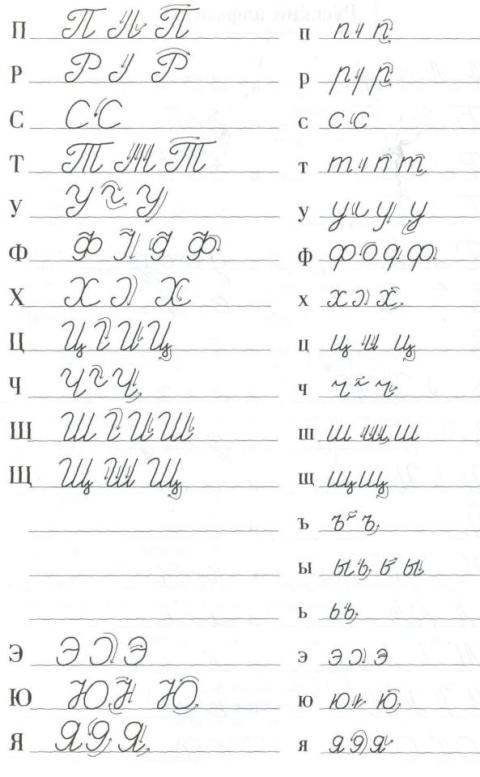
Video Russian cursive letters
Connecting the Russian Handwriting Cursive Letters
How to connect each letter of the Russian Cursive alphabet:
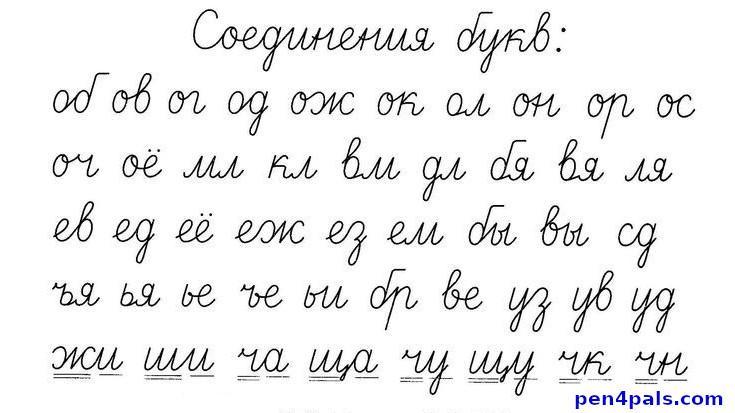
The live connecting of letters you can see at this online Russian Cursive Tutorial:
Calligraphy Russian Cursive Letters
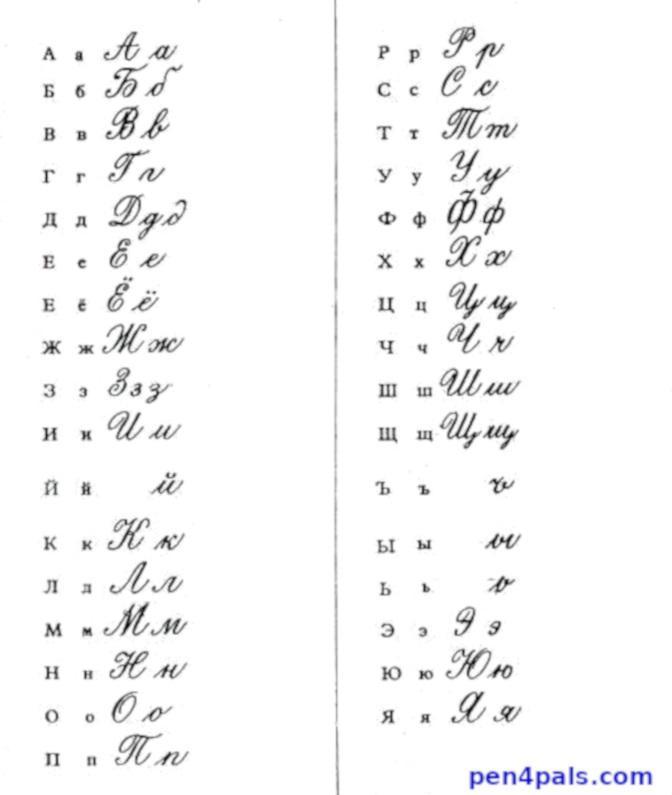
Russian handwriting training alphabet worksheets for improving handwriting for adults in pdf format. Propisi.
Contents:
Pages 1-2 The Russian alphabet.
Pages 3-5 70 most popular Russian words.
Pages 6-7 Russian proverbs.
Page 8 Pangrams, quotes from Turgenev and Tolstoy.
Russian cursive writing with printed letters.
The workbook (прописи) for learning and practice Russian cursive writing.


